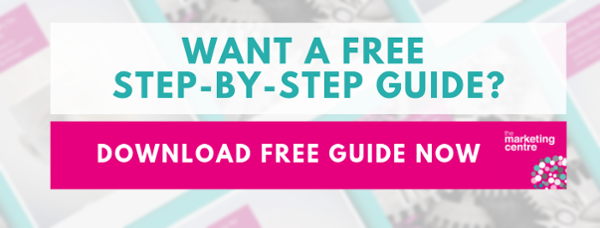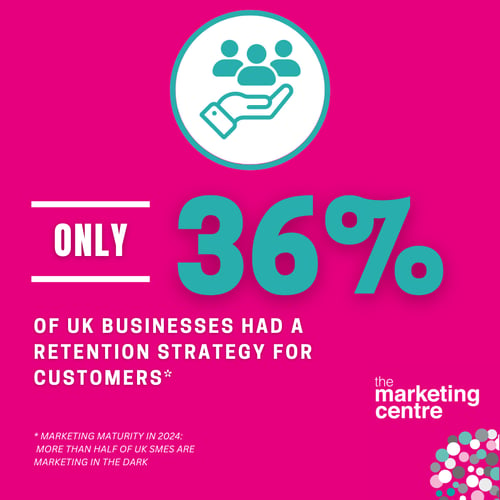Here’s a well-travelled marketing statistic: acquiring a new customer can cost up to five times more than retaining an existing one. An oldie but a goodie, as they say.
But how do you retain customers? How do you build loyalty?
Marketers try all sorts of things. Regular emails, surveys, loyalty schemes, discounts, birthday messages, even out-of-the-blue gifts.
These tactics may help but they’re really just nice-to-haves. The only real way to guarantee customer retention is to deliver lasting value on the customer’s terms.
Customer retention is clearly vital, and there are plenty of tactics to earn customers’ loyalty. Here’s a list of 14 KPIs and qualitative metrics that will help you measure your customer retention effectiveness.
Key financial indicators
1 - Lifetime Value
Long-lasting, profitable relationships are important for any business. Tracking the average lifetime value of your clients is a great way to benchmark the strength of your relationships. Once you’ve got your figure, you can work on and improving it over time. If you want to calculate it for yourself, check out our guide on the fundamentals of ROI, here.
2 - Churn Rate
Churn rate is the number of customers lost over a given period - a rising rate churn is not a good thing. Keeping it low is particularly important if your business relies on repeat purchases or subscriptions. Find out how to calculate it here.
3 - Share of wallet
Your share of a customer’s spending on a particular type of product. If a person has three pairs of trainers - one Adidas, one Nike and one Fila - then Adidas have 33% wallet share for that consumer. You can find more info on this metric here.
4 - Annual spend
The more business a customer does with you, the happier they are with your service. Also, people don’t keep spending with companies they don’t like. Upsells and cross-sells are important indicators that your relationships are going well.
5 - Paying on time
Delighted customers rarely pay late. On some level, a customer who needs chasing doesn’t think you’re worth paying.
Qualitative indicators
6 - NPS score
The de facto customer loyalty and advocacy metric. It shows how likely your customers would be to recommend you to someone else. You can learn how to calculate your own NPS score here.
7 - Email / social engagement
Customers are more likely to engage with content from a company they have a good relationship with. Relevant and helpful content can also help you build loyalty with existing customers.
8 - Support centre enquiries
Increased calls mean one of two things:
- They’re complaining, in which case you need to know why and sort it. Complaints aren’t all bad - if they are handled well, they can drive loyalty and retention.
- For technical products or services, they are using your products and contacting you to look for ways to get more out of the services you provide.
If your support centre are fielding the same questions on a regular basis, consider creating an FAQ section on your site. Proactive customer support can increase customer retention by 3-5%.
9 - Face-time
Strong business relationships are rarely transactional. Keeping in touch, meeting up for coffee and taking the time to check in with customers is important. In-person conversations are a good opportunity to check in on the relationship and make sure you’re exceeding expectations.
10 - Testimonials provided
Testimonials are vital sales tools and satisfied customers are usually happy to provide them. If the number of customers leaving them suddenly drops, it’s worth finding out why.
11 - Referrals
Happy customers will naturally want to pass your business onto others. Along with testimonials, referrals are a surefire sign that your service is appreciated.
12 - Attending events
Business events are often promotional but they shouldn’t be entirely self-serving. If your attendance starts to drop, you might want to question how much value your events are adding for attendees?
13 - Taking your calls
People don’t ignore valued business partners. If they’re not returning your calls, you may well be on the way out.
14 - Suggesting product improvements
Businesses rely on customer feedback to fine-tune the service they provide. Engaged customers will be happy to provide suggestions, although they may need encouragement to do so. Don’t be afraid to proactively seek feedback.
Can you think of any metrics we might have missed? Drop us a line on Twitter or LinkedIn to let us know. Poor customer retention could be a sign that you’re not landing the right clients in the first place... if you’re looking for advice on getting quality prospects into your pipeline, you can check out this recent post.





